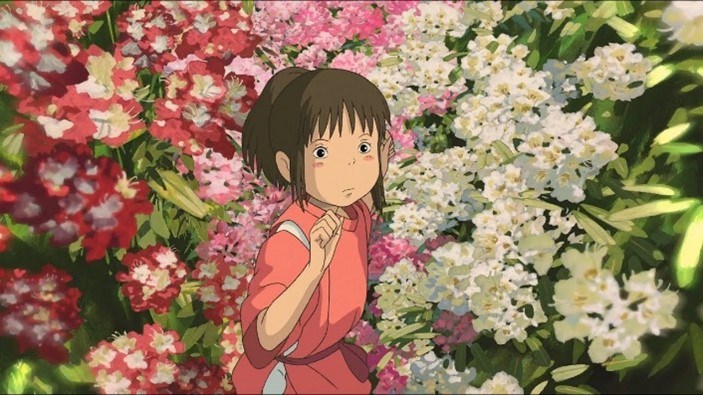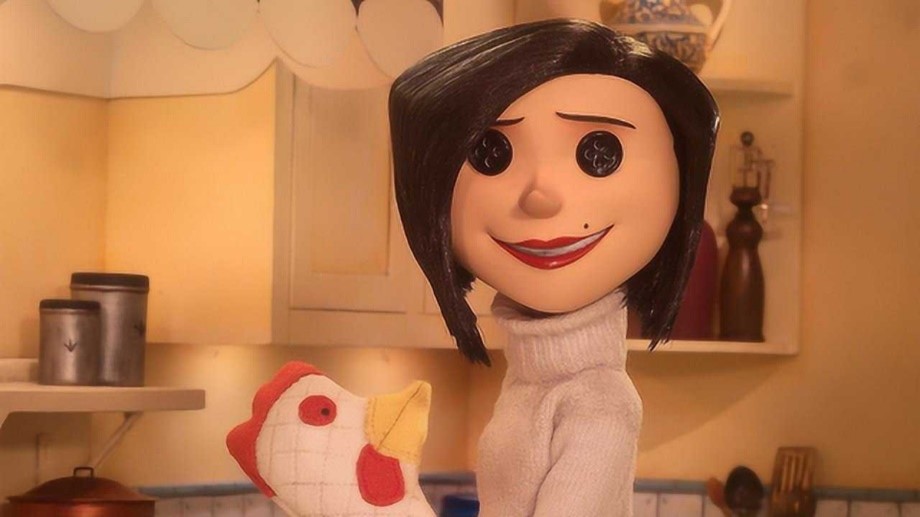Regarding the history and theory of animation, the area I am most interested in is the type of animation. To do this, I did the following research.
There are five main types of animation depending on the production method. Traditional animation, 2D animation, 3D animation, MG (motion graphic), stop motion animation.
Traditional animation, also known as cell animation, is the use of the visual persistence of the eyes to shoot and edit the gradually changing still images frame by frame with the camera, and finally play them on the TV screen. To accomplish this, animators need to draw each frame by hand. In general, this type of animation is 12 frames per second, and it can be 24 frames per second for fast movements. With the development of technology, modern animators can use a hand-drawn tablet combined with a computer or directly use a pen display to draw, and finally use software to check the playback. This is mainly applicable to film projects with a strong sense of art, strong story coherence, and high cost budgets, such as Hayao Miyazaki’s “Spirited Away” and “My Neighbor Totoro”.


The 2D animation is done using flash software. Because of its low cost, Flash was widely used more than a decade ago. Animators don’t need to draw frame-by-frame, they can set up a rigging system to rig and control the character’s movements, which greatly improves productivity. This mainly applies to some low-cost commercials. Nowadays, there are many software that can be used to create 2D animations, such as TVP, which I learned in class, and I think this software is very convenient.
3D animation, also known as computer animation, is currently the most common type of animation, and its expressiveness is more realistic and three-dimensional. The most widely used 3D animation software is Maya, which makes it easy to control the movement of each body joint of a character and save keyframes, then add keyframes by constantly adjusting the pose to form a finished animation. I majored in computer animation as an undergraduate, so I know Maya very well and am proficient in using it. About computer animation, the most important thing for animators to focus on is the curve between the different poses. The frame rate of the entire animation is fixed, generally 24 frames per second, such as the famous animated films Nezha and White Snake in China. It belongs to the mainstream animation production method in the current market, and compared with the traditional production method, the production efficiency is higher and the viewing degree is stronger, so the technical requirements are higher.

Motion graphic is Motion Graphics Design, abbreviated as MG. It is mainly used in commercial applications, such as commercials, live stage screens, and promotional videos that we see on buses every day. To put it simply, MG is a product between graphic design and animation, which is visually based on the rules of graphic design, but technically uses animation means.
Stop-motion animation is a very special and interesting animation that combines real shooting techniques and animation principles. It is made by manually displacing the model a little bit and taking a photo, and finally the photo is combined into a movie. Stop-motion animation is somewhat similar to traditional animation, but the difference is that stop-motion animation requires real objects to be represented, such as plasticine, Lego bricks, etc. The first stop-motion animation I watched was Coraline & the Secret Door, which is a very representative stop-motion animation.

The above is my research on the animation genre, among which traditional animation and MG are not much contact with me, and I will learn more about this in the future.